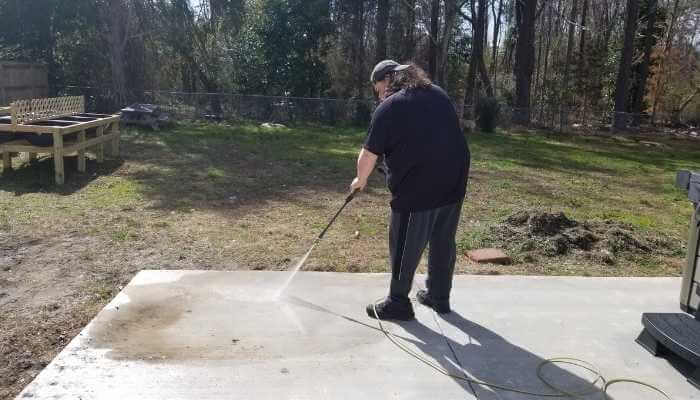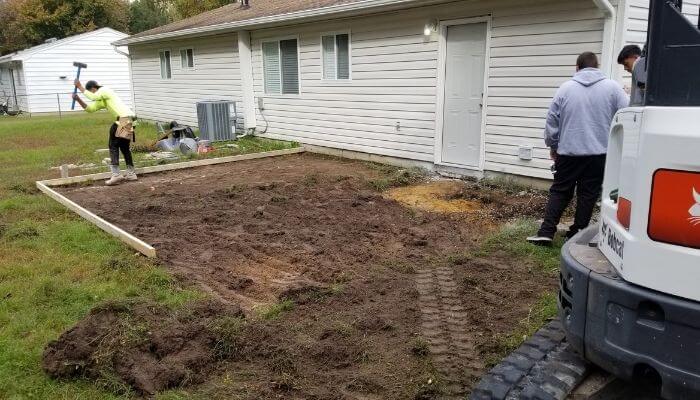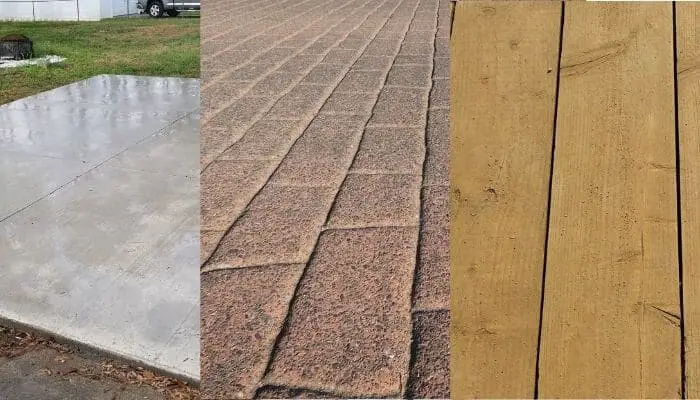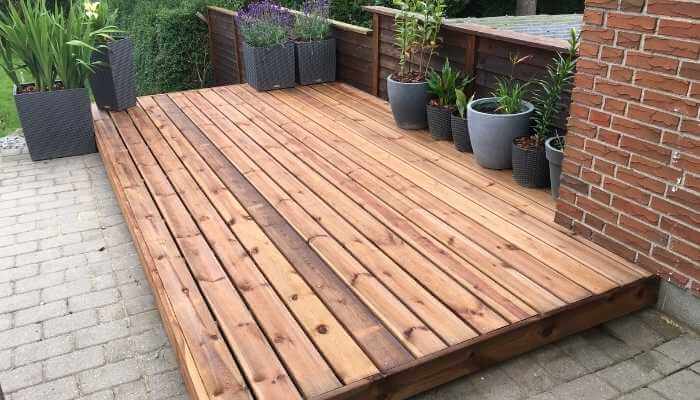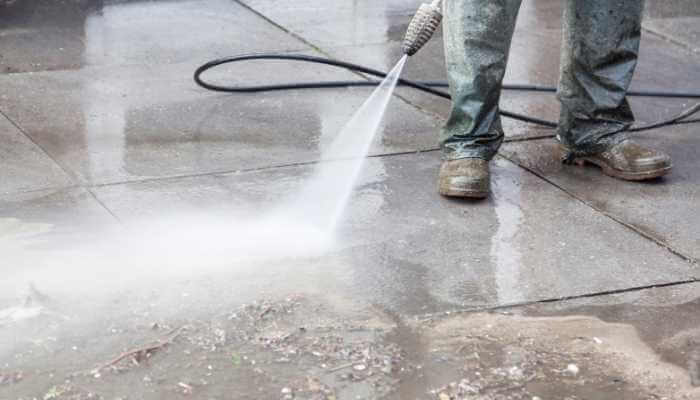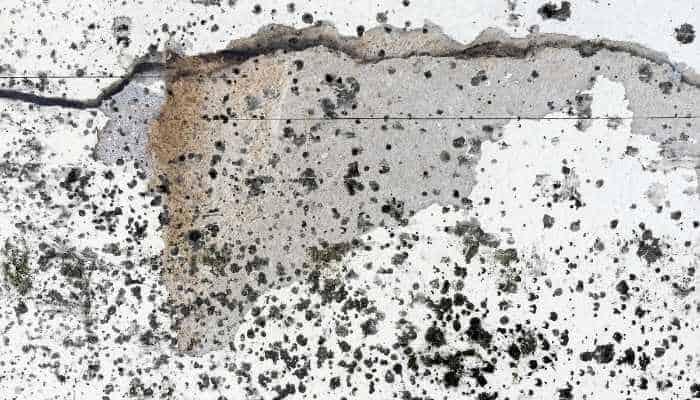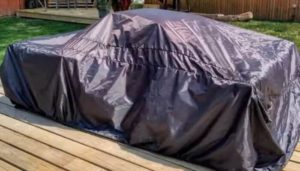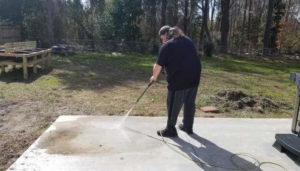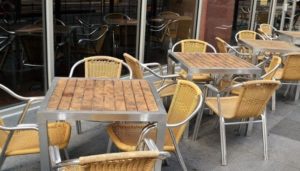The answer to this question is simple, yet complicated. I don’t want to give you an answer without telling you how to accomplish it.
You should absolutely insulate your patio. Insulating your patio and the surrounding structure can help lower your energy bill. It can balance the temperature so you can use your outdoor living space all year round.
How do I insulate a covered patio? There are several options for adding insulation to your outdoor living space, and I’ll go over them below. So keep reading!
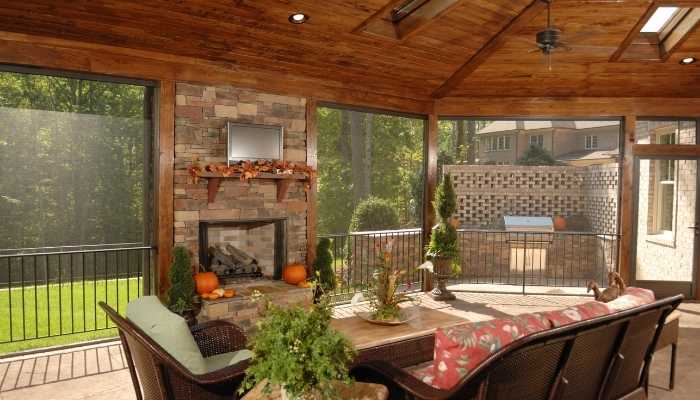
Why Should I Insulate My Patio Structure?
If you live in an area with extreme weather, having a well-insulated, covered patio will help keep you comfortable all year. Insulating a structure keeps the temperature inside balanced. If your covered structure is attached to the house, this can also positively affect your overall energy costs.
Insulating a patio cover or structure reduces noise pollution by blocking sound waves from entering or leaving open spaces. Insulation of any kind can make your outdoor living space quieter for neighbors and lessen noise pollution from the outside.
More than anything, having an insulated outdoor structure means you can use the structure more comfortably year-round.
How Should I Insulate My Enclosed Patio Structure?
The most common way people insulate their patios is by installing rigid foam board insulation inside their patio cover. This helps stop heat from escaping through the roofing material. This is a problem during cold winters when outside temperatures are low enough for snow accumulation. The new insulation is an additional layer on top of the existing roofing material or as an interior layer within the roof structure.
Insulating an existing wood patio structure is easy and inexpensive. You need to purchase the appropriate amount of foam board insulation and staple it around the perimeter of your current cover. This process will take about two hours or fewer if done correctly. It should cost about $100-$200, depending on how large your patio is (and how much foam board insulation you need).
When you get to the sides and not just the roof of an outdoor structure, there are other things to consider. You can’t just staple your insulation to aluminum, metal, PVC, fiberglass, or vinyl. An alternate method of insulating has to happen. Some of the insulating methods I cover below may work well.
How Can I Insulate or Winterize My Pergola or Open Patio Structures?
It would help if you had a framework. Otherwise, there’s nowhere to add insulation. If you don’t already have a structure over your patio, you need to decide what kind of structure you want for your outdoor living space. It’s best to add something while the temperatures are decent. The good news is that many prefabricated kits are on sale around the end of summer to early fall.
If you have an open-air structure, there isn’t much you can attach standard insulation to beyond the roof. So you may need to look at non-conventional insulation.
If you have a traditional pergola, that means the roof and sides are open. The first thing I will do for our pergola set-up will be to get a solid top. A roof keeps out the snow and rain and will help contain heat.
Many people use a louvered roofing system to control the amount of light or wind that can flow through. A less expensive option is a canopy that can you can place over the pergola roof or a type of plexiglass. I believe the hubs and I want to go with using corrugated, polycarbonate roof panels.
For the sides of your outdoor structure (any design) not just pergolas, you will need to hang material that is thick enough to keep the cold wind out in winter. There are now outdoor blinds and curtains made for this job. They make these things from PVC or thick, waterproof canvas. Blinds and curtains have the dual purpose of providing an insulated area for you to enjoy and provide privacy.
What Can I Add That Will Help Warm My Patio in Winter?
So, you’ve added insulation where you can, added any roofing needed, and got something to enclose the sides of your outdoor structure. What else can you get to help? I bet you’ve forgotten about textiles and furniture that help keep your patio warm and cozy.
Cover your furniture with warm cushions and covers. Don’t let any metal touch your skin when it’s cold outside. Sure, this means taking things inside sometimes to keep it nice, but it’ll be worthwhile for those winter nights when you need to be outside.
Speaking of textiles, how about rugs? Introducing a carpet to where you spend your time outside can not only add a layer of coziness but can also insulate your outdoor living area. Adding a rug works even if it’s a deck. And while you’re at it, add some readily available blankets to your space.
Don’t forget the heaters. There are so many heaters for patios available. Make sure you get nothing that’ll be a fire hazard or get the area too hot. We decided on a fire table this year, and I can’t wait to use it.
Not only will these additions insulate your outdoor living space, but they will also make your patio a warmer, cozier area to congregate. And think of the added ambiance. So take the advice and insulate your space for use year-round.
